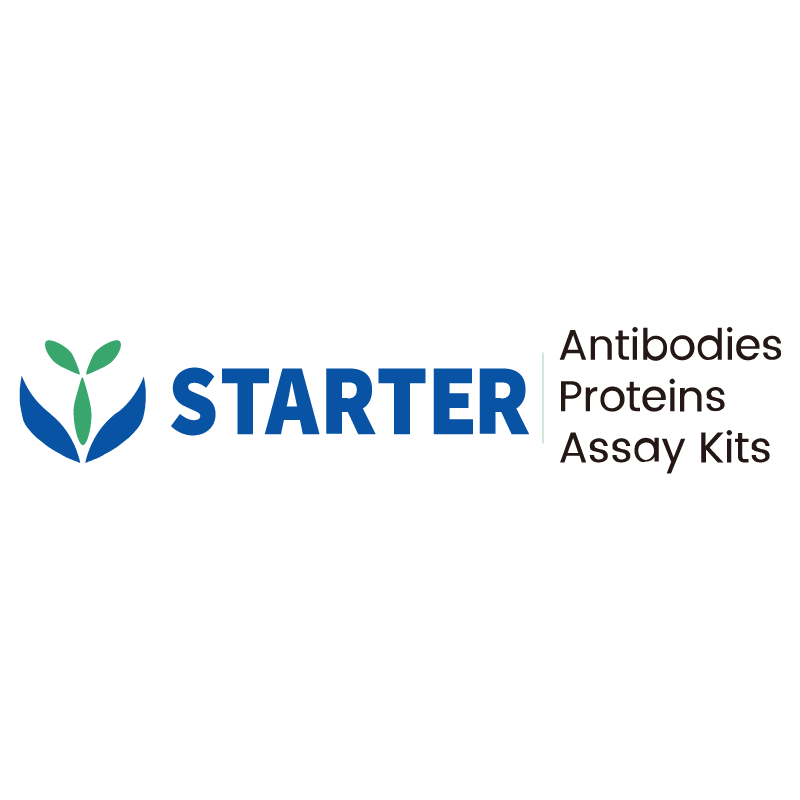Product Details
Product Details
Product Specification
| Host | Mouse |
| Antigen | CD5 |
| Synonyms | T-cell surface glycoprotein CD5, Lymphocyte antigen T1/Leu-1, LEU1 |
| Immunogen | Recombinant Protein |
| Location | Cell membrane |
| Accession | P06127 |
| Clone Number | S-576-35 |
| Antibody Type | Mouse mAb |
| Isotype | IgG1,k |
| Application | FCM |
| Reactivity | Hu |
| Purification | Protein G |
| Concentration | 0.2mg/ml |
| Conjugation | Alexa Fluor® 594 |
| Physical Appearance | Liquid |
| Storage Buffer | PBS, 0.1% BSA, 0.01% Proclin 300 |
| Stability & Storage | 12 months from date of receipt / reconstitution, 2 to 8 °C as supplied. |
Dilution
| application | dilution | species |
| FCM | 5 μl per million cells in 100μl volume |
Background
CD5 is a cluster of differentiation expressed on the surface of T cells (various species) and in a subset of murine B cells known as B-1a. CD5 serves to mitigate activating signals from the BCR so that the B-1 cells can only be activated by very strong stimuli (such as bacterial proteins) and not by normal tissue proteins. CD5 was used as a T-cell marker until monoclonal antibodies against CD3 were developed. There is no confirmed ligand for CD5 but there is evidence that CD72, a C-type lectin, may be a ligand or that CD5 may be homophilic, binding CD5 on the surface of other cells.
Picture
Picture
FC
Flow cytometric analysis of Human CD5 expression on MOLT-4. Cells from the MOLT-4 (Human lymphoblastic leukemia T lymphoblast, Right) or HeLa (Human cervix adenocarcinoma epithelial cell, Left) was stained with Alexa Fluor® 594 Mouse IgG1, κ Isotype Control (Black line histogram) and SDT Alexa Fluor® 594 Mouse Anti-Human CD5 Antibody (Red line histogram) at 1 μg/test, cells without incubation with primary antibody and secondary antibody (Blue line histogram) was used as unlabelled control. Flow cytometry and data analysis were performed using BD FACSymphony™ A1 and FlowJo™ software.


